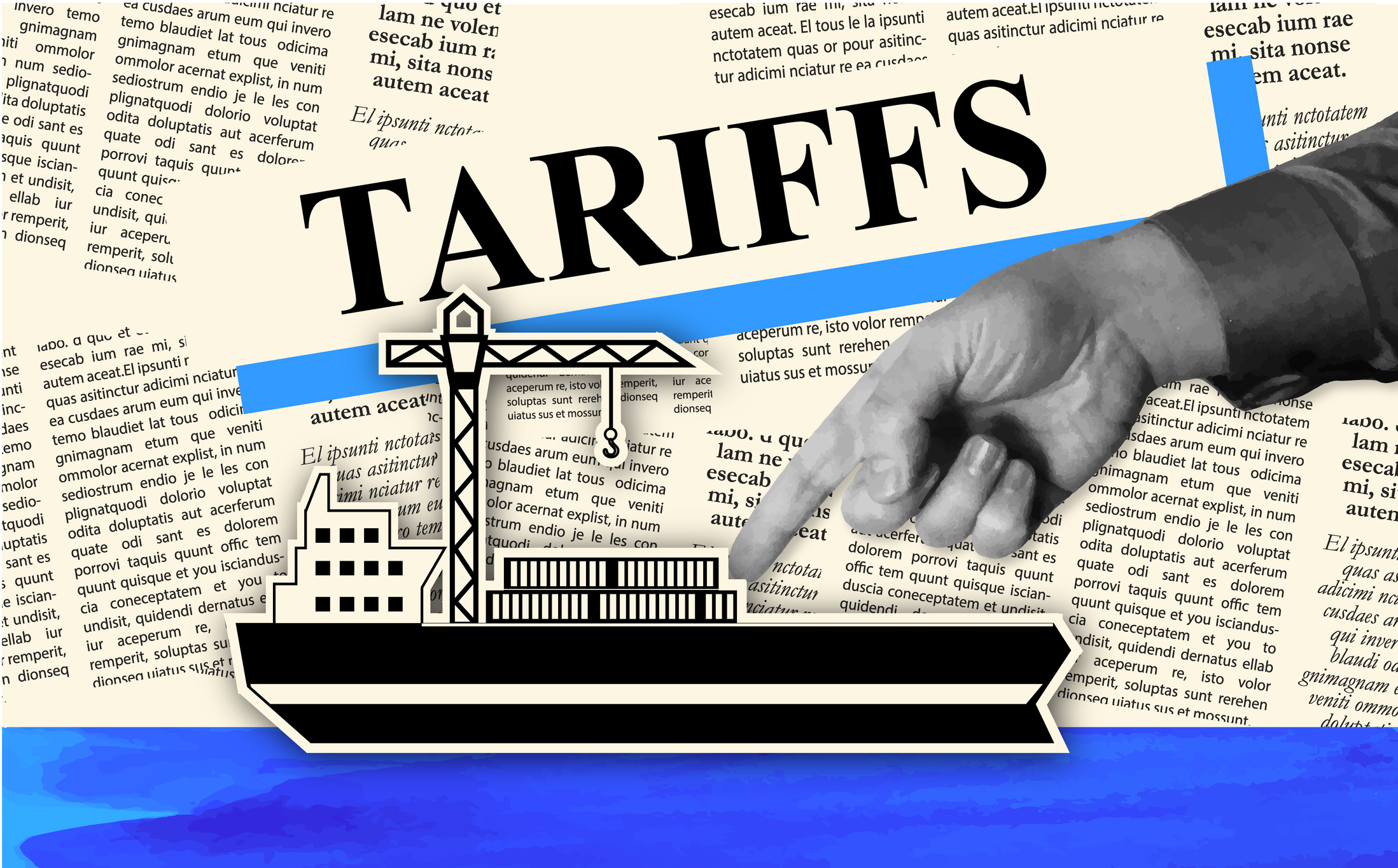In 2025, China continues to dominate the rare earth elements (REE) market, controlling over 80% of global processing capacity. While it has long been recognized as the world’s largest producer, China’s real power lies in its control over the refining and separation stages—critical processes that few other nations can replicate at scale. Explore how China maintains control over 80% of global REEs dominance processing capacity in 2025, and the resulting impacts on global trade, geopolitics, and supply chain strategy.
This dominance has sparked an urgent global debate: is China operating a monopolistic stronghold, or managing its influence responsibly? As nations ramp up renewable energy and defense initiatives, rare earths have emerged as a linchpin for both economic security and geopolitical leverage.
This blog unpacks the structure of China’s rare earth strategy, its implications for supply chains and global policy, and how procurement leaders like Mattias Knutsson advise navigating this increasingly complex landscape.
China’s Rare Earth Market Share in 2025
| Category | China’s Global Share (%) |
|---|---|
| Mining of REEs | 60 |
| Processing & Refining | 82 |
| Permanent Magnet Production | 91 |
| Rare Earth Exports (Global Share) | 68 |
China’s market dominance stems from decades of state investment, loose environmental regulations, and a vertically integrated supply chain from mine to magnet. Key state-backed firms like China Northern Rare Earth Group and Shenghe Resources play central roles in global supply contracts.
Global Impacts of China’s REEs Dominance
1. Geopolitical Leverage
- REEs are increasingly used as bargaining chips in trade negotiations, particularly with the U.S., EU, and Japan.
- China has previously imposed export quotas and bans in response to diplomatic disputes, most notably with Japan in 2010.
2. Supply Chain Vulnerabilities
- Countries reliant on Chinese REEs face risks of sudden price hikes, export restrictions, or politically motivated delays.
- REE scarcity directly affects production timelines for EVs, wind turbines, fighter jets, and satellites.
3. Price Control and Volatility
- Chinese firms influence global REEs dominance pricing through production caps and subsidy-backed oversupply.
- Spot prices for neodymium and dysprosium remain highly sensitive to policy announcements in Beijing.
International Responses and Strategic Shifts
United States
- Continued funding of domestic mining (e.g., MP Materials) and refining capabilities
- Strategic stockpiles and tariff protections proposed under multiple bills
European Union
- Enacted the Critical Raw Materials Act (2024) with incentives for circular economy, recycling, and alternative sourcing
- Investing in African and Nordic rare earth ventures
Australia and Canada
- Accelerating REE export partnerships with Western allies
- Offering tax incentives for new refining facilities
Japan and South Korea
- Diversifying imports with Southeast Asia, India, and Africa
- Investing in rare earth magnet recycling technologies
Mattias Knutsson on Managing REE Risk
Mattias Knutsson, Strategic Leader in Global Procurement and Business Development, warns that REE sourcing is now a high-level business risk—not just a supply concern.
“China’s rare earth dominance is a strategic bottleneck. Companies that rely on these materials need multi-layered sourcing plans, political risk analysis, and long-term procurement foresight.”
His Four-Point Framework for Navigating Rare Earth Risk:
- Decentralize Supply – Identify secondary sources or refined materials from non-China-aligned nations.
- Invest in Substitution – Develop or partner in technologies that reduce or replace rare earth dependency.
- Build Redundancy – Maintain critical inventory and pre-qualified alternative suppliers.
- Policy Alignment – Work with trade and regulatory bodies to align on sustainable and ethical sourcing.
“Monopolies aren’t just economic risks—they’re operational vulnerabilities. Strategic sourcing leaders need to look five years ahead, not just at quarterly costs.”
Conclusion:
China’s rare earth leadership in 2025 is both a strength and a geopolitical tension point. Whether it is seen as a managed influence or a monopoly depends on the global community’s response.
Governments and corporations must view rare earths not as commodities—but as critical assets requiring strategic stewardship. Through diversified sourcing, recycling, innovation, and diplomacy, the world can move toward a more balanced and resilient rare earth ecosystem.
Mattias Knutsson reminds us:
“Those who treat rare earths like oil in the 20th century—strategic, volatile, and essential—will be best prepared to lead in the 21st.”





